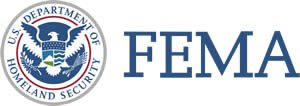RSS feed source: National Science Foundation
The U.S. National Science Foundation announced $45 million to fund 15 new awards through the NSF Research Traineeship (NRT) program, with projects focusing on artificial intelligence, quantum, biotechnology and translational science.
These represent NRT’s most significant annual investment in institutions located in NSF Established Program to Stimulate Competitive Research (EPSCoR) jurisdictions and extend the program’s reach to science, technology, engineering and math graduate students in 47 states, D.C. and the U.S. Virgin Islands, including two new states, Idaho and North Dakota.
“Students are the foundation for a strong STEM enterprise,” said NSF Assistant Director for STEM Education James L. Moore III. “Through effective, evidence-based graduate education closely aligned with the nation’s workforce priorities and research needs, NRT ensures that today’s STEM graduate students are prepared and equipped to become tomorrow’s STEM leaders and innovators.”
The NSF-sponsored projects will use critical and emerging technologies to develop the AI and quantum workforce to meet regional economic needs, strengthen health care systems, support rural agricultural and economic development, improve infrastructure, prepare bioengineers and much more.
This investment also marks the first time NSF has made awards through the NRT Institutional Partnership Pilot (NRT-IPP) program. NRT-IPP supports graduate student projects with high industry relevance through partnerships between non-R1 institutions, institutions with existing or completed NRT projects, and industry partners, including Apple, Clark Construction and Draper.
Below is the list of the 2025
Click this link to continue reading the article on the source website.


